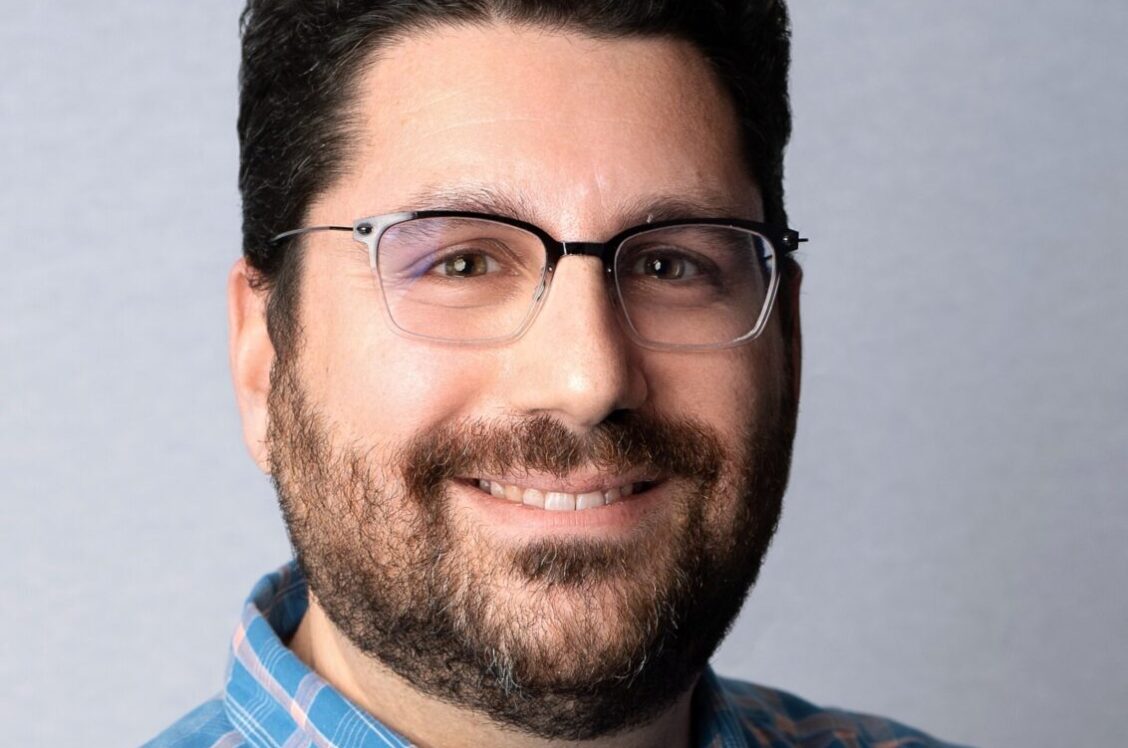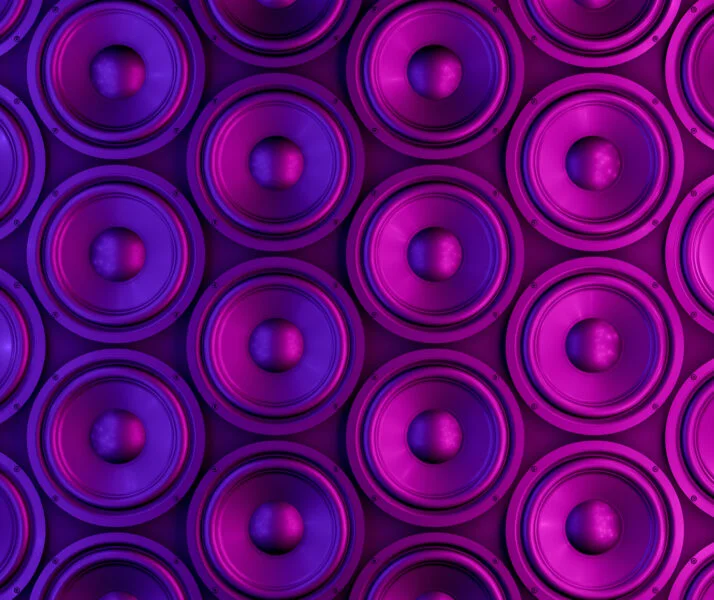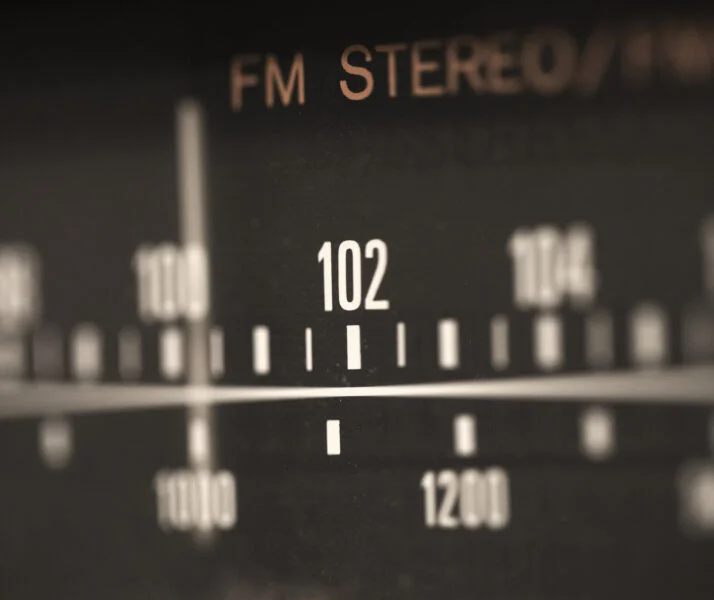Introducing Craig Stein, ARM’s New Senior Vice President of Media Planning

A Vision for the Future of Media Planning
ARM’s new Senior Vice President of Media Planning brings a wealth of experience to our team. With more than 20 years behind him leading transformative marketing campaigns at top global brands, to say Craig has insight to share is an understatement.
With an eye on the future of media, Craig is ready to ignite growth for clients, unlocking performance while optimizing efficiency to make marketing truly future-proofed. He generously shared his thoughts with us on everything from staying ahead of the trends to what we should be listening to.
As the new SVP of Media Planning, what’s your primary focus when it comes to crafting media strategies that drive impactful results for clients?
The audio and creator space are constantly evolving. Creators are becoming platforms in their own right, and I’m excited to leverage that for our clients. While the core elements of an audio buy remain important, I want our clients to see the impact of their campaigns extend beyond audio, into creators’ livestreams, social presence, and both digital and offline experiences. We can then amplify this with highly targeted reach.
What excites you most about leading media planning in today’s rapidly evolving media landscape, and how do you plan to keep clients ahead of industry trends?
It’s crucial to take a channel- and show-agnostic view of media and lead our clients toward an audience and outcome-based approach. That doesn’t mean we shift away from context; instead, context becomes a proof point of our outcome. Media should be approached through the consumer lens, meeting them where they are. Consumer media behaviors are increasingly fragmented, and we need to be present at every stage of their journey.
The Role of Audio in Modern Marketing
What role do you see audio playing in an integrated media strategy, and why does it stand out as a powerful medium for brand engagement?
Audio is criminally underutilized in marketing. Whether it’s from a lack of awareness, education, or something else, there is a big gap between the time spent listening to audio by audiences and the marketing dollars spent to reach them on those platforms.
Most integrated agencies haven’t invested in the resources necessary to create the level of specialized capabilities that ARM currently holds. They tend to leverage legacy broadcast radio buyers that don’t understand the nuances of creator-led advertising across all audio mediums, leading to solutions that tend to focus solely on the ease and convenience of execution with the largest network providers. The access that ARM has built, the relationships we’ve forged, and our understanding of the roles of both the big and the independent content creators positions us to help brands grow via the most engaging and effective medium that exists.
Having managed high-performance campaigns across digital and traditional channels, how do you see audio contributing uniquely to both brand-building and performance marketing?
What audio does better than any other channel is intimacy and trust. Audio is the new word of mouth. Be it performance or brand, there is a trust exchange in audio—these are your friends in your ear. Sure, the industry can pontificate on whether the funnel is real or not, but let me say this, audio can generate significant impact on metrics like awareness, feature awareness, intent, and consideration just as easily as it can on conversion-based metrics. Furthermore, I believe in the power of “branded response,” the idea that performance ads can drive brand metrics and brand ads can drive downstream conversions. All it takes is the right infrastructure to measure it and a strategic framework to help clients understand it. There is so much blue sky ahead for for advertisers in the brand space.
Given your background in agency partnerships, what advice do you have for brands looking to find the right media partner for audio? What should they prioritize?
This all boils down to a proper client brief. Be it during my time at agencies or consulting for brands and their agencies, the axiom of “garbage in, garbage out” holds true. Marketers need to set the stage for what success looks like from the jump, and if they can’t, it’s on us to bring them along to a more strategically sound starting point. From there, we can put forth compelling, challenging, and bespoke RFPs into the marketplace to unlock the exact partners, placements, and experiences that will influence our clients’ targets and campaign goals.
Data, Strategy, and the Power of Measurement
Data-driven insights were key in your work at Essence and R3. What metrics are most valuable for understanding the impact of audio, and how can data be used to make audio campaigns more efficient and effective?
Ultimately metrics and KPIs should be unique to each marketer based upon their business goals and media objectives. But irrespective of what those KPIs are, it all needs to stem from a rigorous measurement framework. It’s almost 2025! I reject the premise that audio cannot be measured with sophistication. I know we at ARM have pioneered these efforts. With our clients, our network and tech partners, and our talent, we remain positioned to be the leader and differentiator in this space well into the future.
As consumers shift to more on-demand content and multitask more than ever, how can brands leverage audio to keep their messaging relevant and engaging?
This is where audio has a distinct advantage over other channels. Audio, more than any other medium, is habitual if not outright ritualistic. Be it commuting, walking the dog, working out, or just getting through the daily grind, audio is a constant companion. After all, music videos remain the number one watched genre on YouTube. We, as marketers and audio specialists, can tap into these micro-moments in a more meaningful, relevant way. Further, in biddable and data-driven channels, we can leverage audience signals to deliver unique, dynamic creative.
What’s Next for Audio? Trends and Advice
What industry trends do you think will shape its future role in marketing? Any upcoming innovations in audio that you’re particularly excited about?
Assuming the machines don’t take over, AI is going to—and really already is—revolutionizing marketing. I do think the human touch matters and AI cannot replace the human experience, points of view, and the splendidly erratic nature of human conversation, though. And that’s where creator talent and their platforms have an edge. It’s about authenticity.
With your extensive experience in building future-proof marketing strategies, how do you envision audio evolving and what strategies should brands consider now to future-proof their audio investments?
For marketers who see the curve and stay ahead of it, there is so much potential right now to get in on what is essentially the ground floor of the audio and podcast boom. With audiences scattered well beyond the capacity for traditional channels to reach them, the time is ripe for brands to lock up relationships and sponsorships with key talent now in an efficient, effective environment. A rounding error in a brand’s $30 million per year stadium sponsorship or a 4-week TV flight for instance could lock up premium audio inventory, greater reach, and significantly greater ROI.
Favorite podcast? For business? For fun?
I’ve been with Bill Simmons since his first podcast. The New Yorker in me hates him, but I’m basically a Simmons superfan. Side story, right when he was suspended and then fired from Grantland/ESPN, I told my Google clients to sign him up to be a lead YouTube creator. Their loss was Spotify’s gain. For business, I absolutely love NYT’s Hard Fork. Kevin Roose and Casey Newton are at the forefront of tech and its impact on society, business, and marketing.
What was your first “wow” moment with audio? Any product or experience that hooked you?
When I was in middle school I was part of the student government, and my dad would drive me to school early in the morning once a week. I vividly remember listening to Howard Stern on the ride and my mind was blown. It’s one of the reasons I decided to go to Boston University and work at the radio station there. Alas, in the end, media and not the airwaves was my calling.
A brand “wow” moment for me happened quite recently when I considered the impact of audio on the products in my life: Liquid IV is in the pantry. We have Cozy Earth sheets at home. I have an Indochino in the closet. Our kids had Kiwi Boxes for years. We get Omaha Steaks from time to time. Stitch Fix is my go-to. We’ve gifted the platform MasterClass to family and friends. I use Harry’s razors. Clearly the medium is working.
Madlib time! Can you fill in the blanks for us here?
The key to a successful audio campaign is strategic storytelling paired with relevance that makes people feel trust—that’s the where the magic is.


